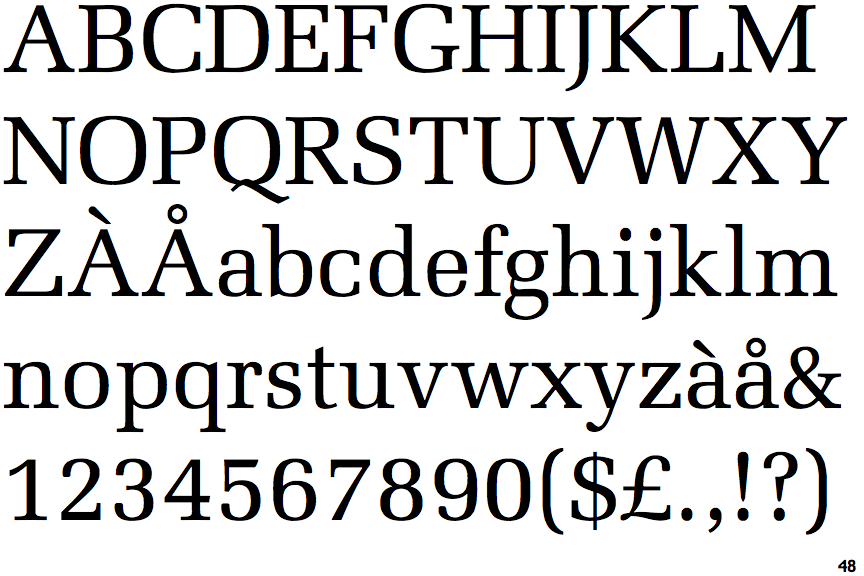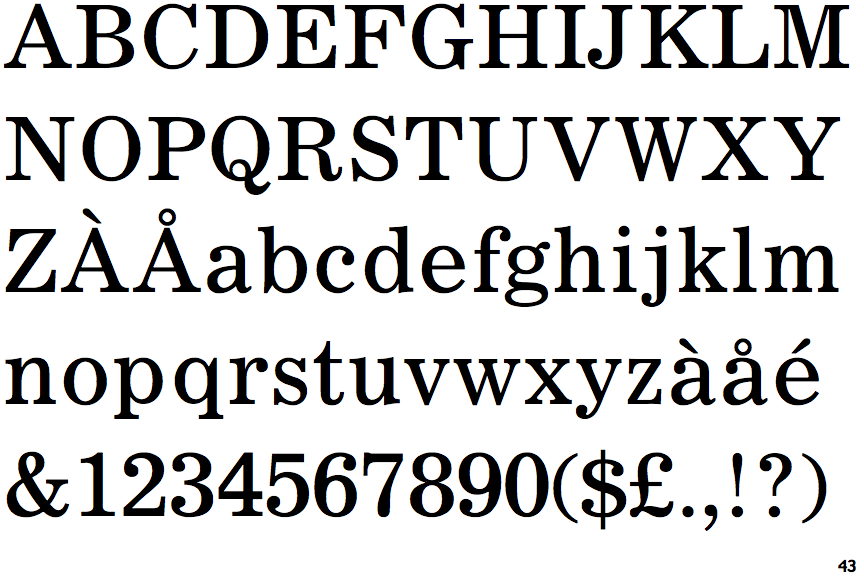Differences
Melior
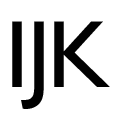 |
The upper-case 'J' descends below the baseline.
|
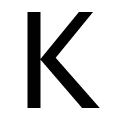 |
The diagonal strokes of the upper-case 'K' meet at the vertical (with or without a gap).
|
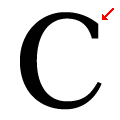 |
The top stroke of the upper-case 'C' has no upward-pointing serif.
|
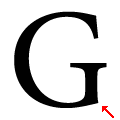 |
The upper-case 'G' foot has no spur or serif.
|
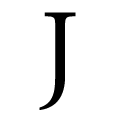 |
The tail of the upper-case 'J' has a tapered end.
|
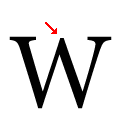 |
The centre vertex of the upper-case 'W' has no serifs.
|
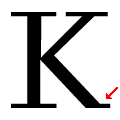 |
The leg of the upper-case 'K' has a single right-pointing serif or foot.
|
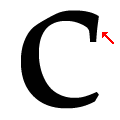 |
The stroke of the lower-case 'c' has a flat end or downward-pointing serif.
|
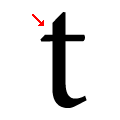 |
The lower-case 't' has double-sided bar which forms a right-angle with the vertical.
|
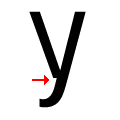 |
There is a break at the junction of the lower-case 'y'.
|
There are more than ten differences; only the first ten are shown.
Note that the fonts in the icons shown above represent general examples, not necessarily the two fonts chosen for comparison.
Show ExamplesCorona
 |
The upper-case 'J' sits on the baseline.
|
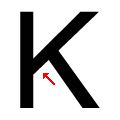 |
The diagonal strokes of the upper-case 'K' meet in a 'T'.
|
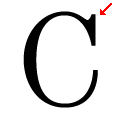 |
The top stroke of the upper-case 'C' has a vertical or angled upward-pointing serif.
|
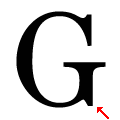 |
The upper-case 'G' foot has a downward pointing spur.
|
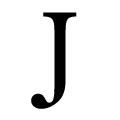 |
The tail of the upper-case 'J' has a rounded end or ball.
|
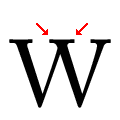 |
The centre vertex of the upper-case 'W' has two separate serifs.
|
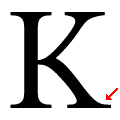 |
The leg of the upper-case 'K' has two serifs.
|
 |
The stroke of the lower-case 'c' has a rounded end or ball.
|
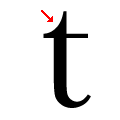 |
The lower-case 't' has double-sided bar which forms a diagonal with the vertical.
|
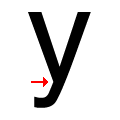 |
There is a smooth join at the junction of the lower-case 'y'.
|
